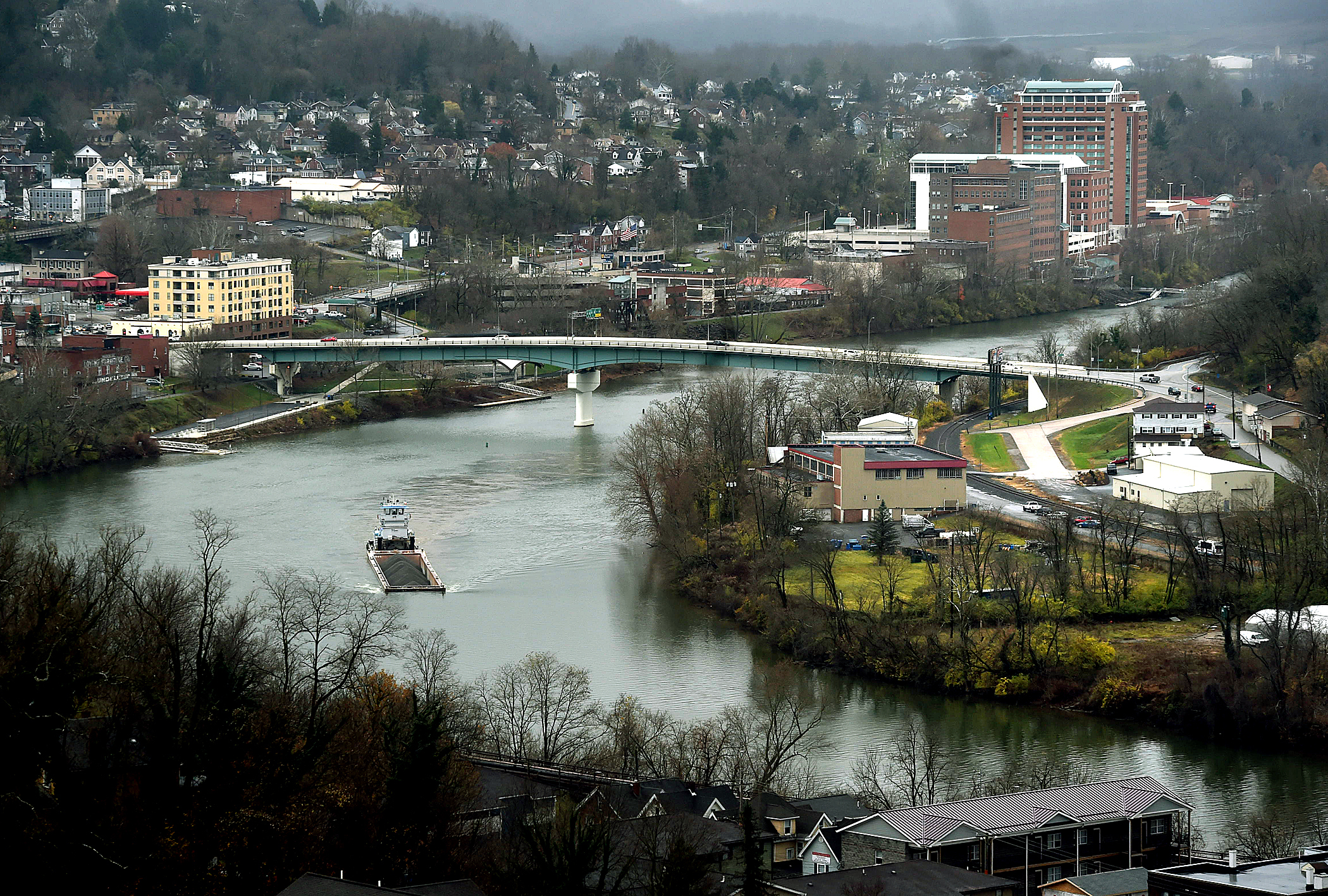MORGANTOWN — Monongahela River might be its given name, but you can call it M-79 for short.
Late last week, the United States Department of Transportation Maritime Administration announced it was adding two new routes to the United States Marine Highway Program — M-79 and M-11, in Alaska.
Marine highways are named in accordance with the overland routes they parallel and are intended to help speed up the movement of goods, strengthen supply chains and support local economies while reducing highway congestion and emissions.
It’s estimated that one barge has the same carrying capacity as 13.4 train cars or 58 large tractor-trailers.
The M-79 push was spearheaded by the city of Morgantown working in conjunction with the Port of Pittsburgh.
However, Congress recently removed the ability for cities to sponsor marine highways, so the Morgantown Monongalia Metropolitan Planning Organization stepped in on the city’s behalf.
“I just want to recognize the work of Emily Muzzarelli and Robyn Hess in initiating that application and working with the port authority of Pittsburgh,” Morgantown Mayor Jenny Selin said. “I super-appreciate the work of the MMMPO in carrying it forward when it was determined that, through legislation, they were not eligible to put it forth.”
According to the press release issued by the USDOT, “The M-79 route extends the reach of the Ohio River system (M-70) by nearly 250 miles by adding the easternmost tributary rivers.”
Receiving the designation means eligible public and private applicants along these routes, including river terminals and operators, can access grant dollars through the U.S. Marine Highway Program as long as they receive the endorsement of the route sponsor — in this case, the MMMPO.
Recent legislative changes have also opened up marine highways for the transport of bulk goods, like grains, sand, ores, coal and other materials.
Vance River Terminal, in Westover, is expected to be among the first to seek funding locally through the M-79 MHP designation to assist a planned upgrade and expansion of that facility.
MMMPO Executive Director Bill Austin said the designation also opens up surface transportation funds, for which the local MPO has input.
While the MHP will not directly fund improvements to locks and dams, which are operated by the Army Corps of Engineers, the increase in tonnage floating through the locks is expected to result in more funding for operation as well as increased maintenance and upgrades of those facilities.
The marine highway program was established by Section 1121 of the Clean Energy Act of 2007.
There are now 31 designated marine highway routes in the United States. Those routes include rivers, lakes and ocean routes whose 26,291 combined miles reach 41 states, the District of Columbia and five U.S. territories.
The new M-11 route alone stretches more than 6,500 miles and includes coastal and river ports in southwestern and northern Alaska.




